Growth of Connected Vehicle Technologies
The Traffic Sign Recognition System Market is significantly influenced by the growth of connected vehicle technologies. As vehicles become increasingly interconnected, the integration of traffic sign recognition systems with vehicle-to-everything (V2X) communication is becoming more prevalent. This connectivity allows vehicles to receive real-time updates about traffic conditions and sign changes, enhancing the overall driving experience. The market is expected to benefit from this trend, as connected vehicles are anticipated to dominate the automotive landscape in the near future. Analysts predict that the adoption of connected vehicle technologies will lead to a substantial increase in the deployment of traffic sign recognition systems, further driving market growth and innovation.
Rising Investment in Smart Infrastructure
The Traffic Sign Recognition System Market is witnessing a rise in investment in smart infrastructure initiatives. Governments and private entities are increasingly focusing on developing smart cities, which incorporate advanced technologies to improve urban living. Traffic sign recognition systems are integral to these smart infrastructure projects, as they facilitate better traffic management and enhance safety. The market is likely to see a boost from these investments, with estimates suggesting that spending on smart city technologies could reach trillions of dollars in the coming years. This trend indicates a robust opportunity for traffic sign recognition systems to become a standard feature in modern urban planning, thereby driving market expansion.
Increasing Demand for Road Safety Solutions
The Traffic Sign Recognition System Market is propelled by an increasing demand for road safety solutions. As urbanization accelerates and vehicle numbers rise, the need for effective traffic management systems becomes more pressing. Traffic sign recognition systems play a pivotal role in enhancing road safety by providing real-time information to drivers, thereby reducing the likelihood of accidents. Recent data indicates that traffic-related fatalities remain a significant concern, prompting governments and organizations to invest in technologies that can mitigate these risks. The market is likely to expand as stakeholders recognize the potential of these systems to improve safety outcomes, with projections indicating a steady increase in adoption rates across various regions.
Technological Advancements in AI and Machine Learning
The Traffic Sign Recognition System Market is experiencing a surge in technological advancements, particularly in artificial intelligence and machine learning. These innovations enhance the accuracy and efficiency of traffic sign recognition systems, enabling them to interpret complex road scenarios. As AI algorithms become more sophisticated, the systems can better differentiate between various signs, even in challenging conditions such as poor lighting or adverse weather. This improvement is crucial as the market is projected to grow significantly, with estimates suggesting a compound annual growth rate of over 15% in the coming years. The integration of advanced AI technologies not only boosts system performance but also fosters greater adoption among automotive manufacturers, thereby driving the overall market forward.
Regulatory Push for Advanced Driver Assistance Systems
The Traffic Sign Recognition System Market is being driven by a regulatory push for advanced driver assistance systems (ADAS). Governments worldwide are implementing stricter regulations aimed at improving vehicle safety and reducing accidents. Traffic sign recognition systems are a critical component of ADAS, as they provide essential information to drivers, enhancing situational awareness. As regulations evolve, manufacturers are increasingly required to integrate these systems into their vehicles to comply with safety standards. This regulatory environment is likely to accelerate the adoption of traffic sign recognition technologies, with market analysts forecasting a significant increase in demand as compliance becomes a necessity for automotive manufacturers.


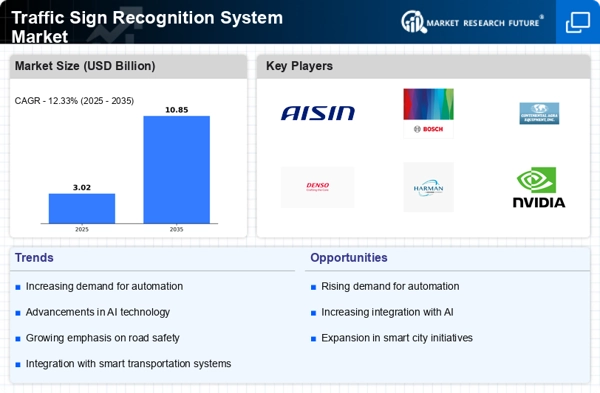
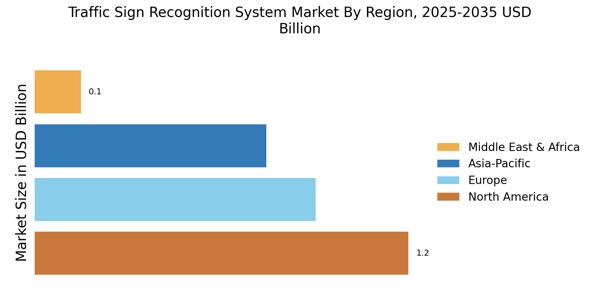
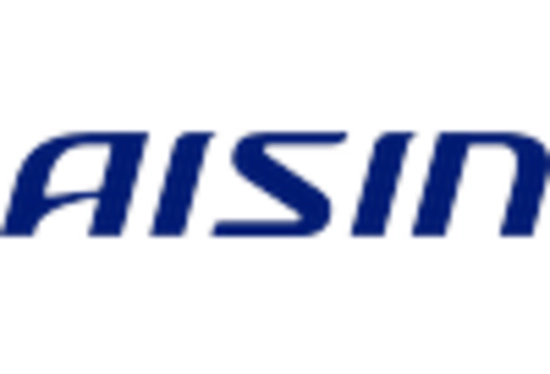



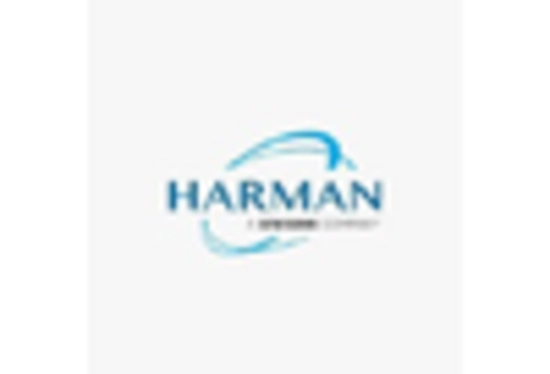
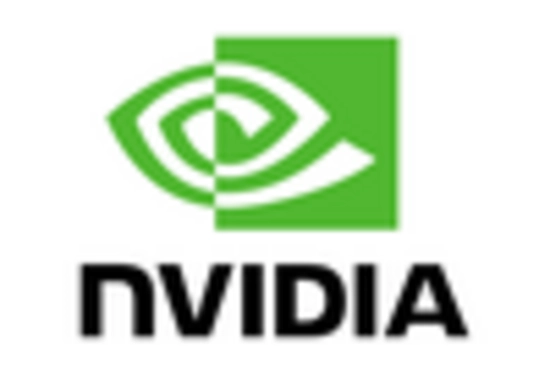








Leave a Comment